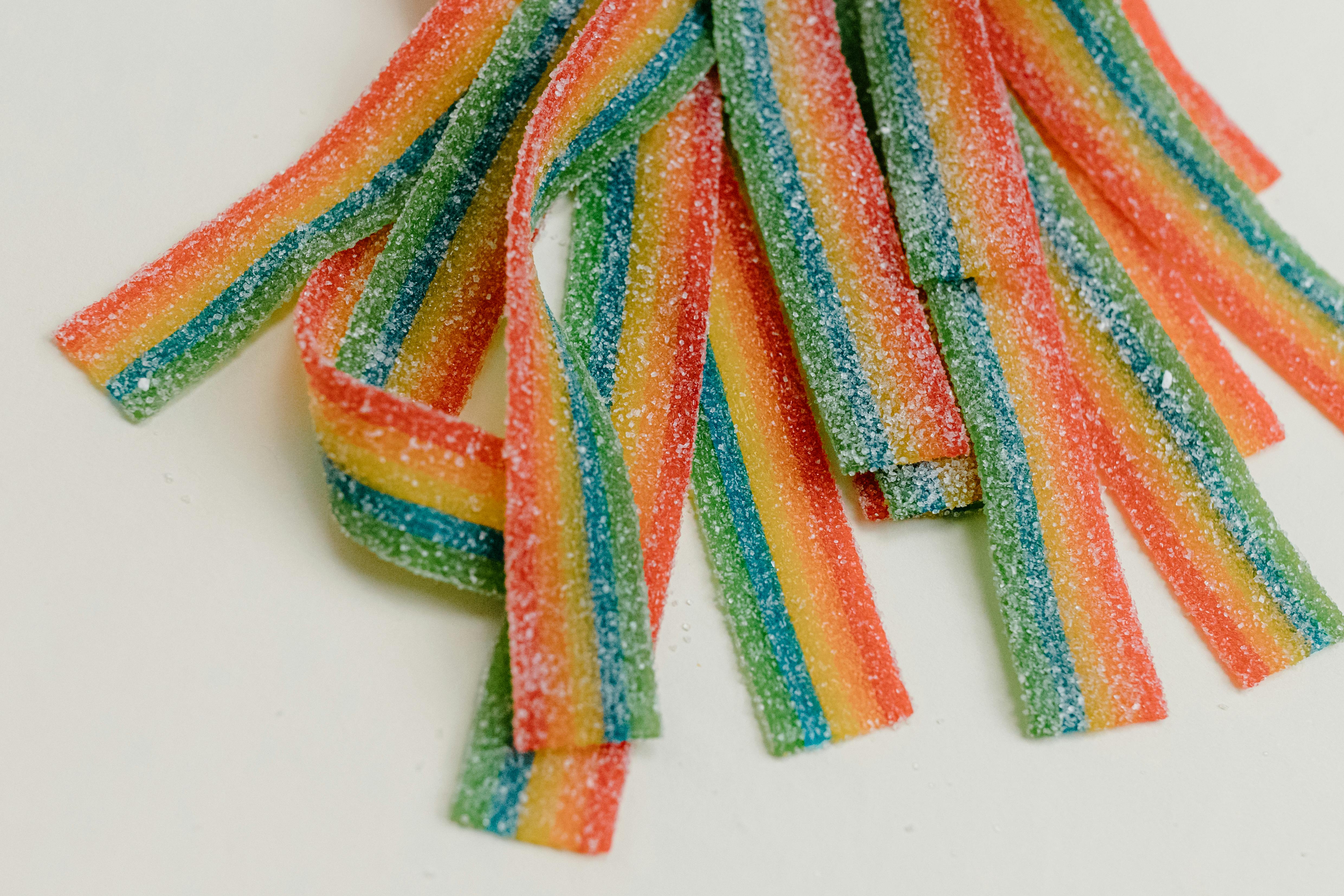Instead of “Who is tough enough to eat a sea spider?” you need to know what a sea spider is.
They have been around for millions of years, but they live in an environment that is rarely in contact with humans. Volcanic ash near Herefordshire, UK, reveals spider fossils from 425 million years ago. They’ve been here a long time. More recently, scientific expeditions to the Antarctic area have uncovered some surprising current examples.
Just off the Ross Sea shelf in southern Antarctica live giant specimens of many forms of sea creatures. In addition to the giant worms and crustaceans, these expeditions brought in sea spiders larger than a plate. Many had the normal eight legs, but some have more, even up to twelve legs. Large marine life is nothing unusual in the Antarctic area. Scientists speculate that this is due to low temperatures, high oxygen levels, proper feeding, and the general lack of predators in the area.
Sea spiders exist in total darkness about four miles deep. They crawl feeding on soft-bodied creatures like sponges and sea slugs using their proboscis to suck life out of their prey. In fact, they are VAMPIRES! So such ogres now exist in the deepest Antarctic Ocean, just as they did in Romania in the days of Count Dracula.
Around the time the giant sea spiders appeared, so did an ancient toad named Beelzebufo, the Devil’s Toad. BeBo arose among crocodile and dinosaur fossils dating to the late Cretaceous period, approximately 70 million years ago, on the island of Madagascar. It is a monstrous creature that weighed around ten pounds with armored skin. You probably needed this to deal with dinosaurs and crocodiles every day. Scientists believe that BeBo may have even eaten some baby dinosaurs; he had to be a very tough customer.
BeBo is not related to African frogs or toads. Rather, their closest relatives are in South America, where they are kept as pets and are known as “pacman” frogs because of their very large mouths. Now why does this matter? Consider this: Madagascar is a long way from South America across the Atlantic Ocean. How is BeBo in Madagascar and all his relatives are far away in South America? This leads to speculation among scientists that some kind of land link between Africa and South America may have remained after the continents parted eons ago. Perhaps it was through Antarctica, a much warmer place in the past than now.
All of these related discoveries have led to a speculative debate: What eats a sea spider? Could it be BeBo, the armored Devil Toad? While the spider takes up as much space as BeBo, there are overwhelming differences in BeBo’s favor. He weighed about 10 pounds, had a very large mouth, his skin was armored, and he had millions of years of experience fighting dinosaurs. This is not a contest. The sea spider weighs next to nothing and its proboscis would immediately wrinkle upon encountering BeBo’s armor plate.
So why do we want to know about this?
First, the sea spider and all its giant friends can reveal important information about changes in temperature and their effect on the food supply for all Antarctic animals. Such information can also indicate which new predators will appear on the scene. And the Devil Toad could be a link to what really happened when Africa and South America parted ways. Who knows? Someone may find that the spider can actually eat the Devil Toad!
For more information on fossils, continental drift, toads, sea spiders, and Antarctica, check out the about me resource block at the end of this article.



